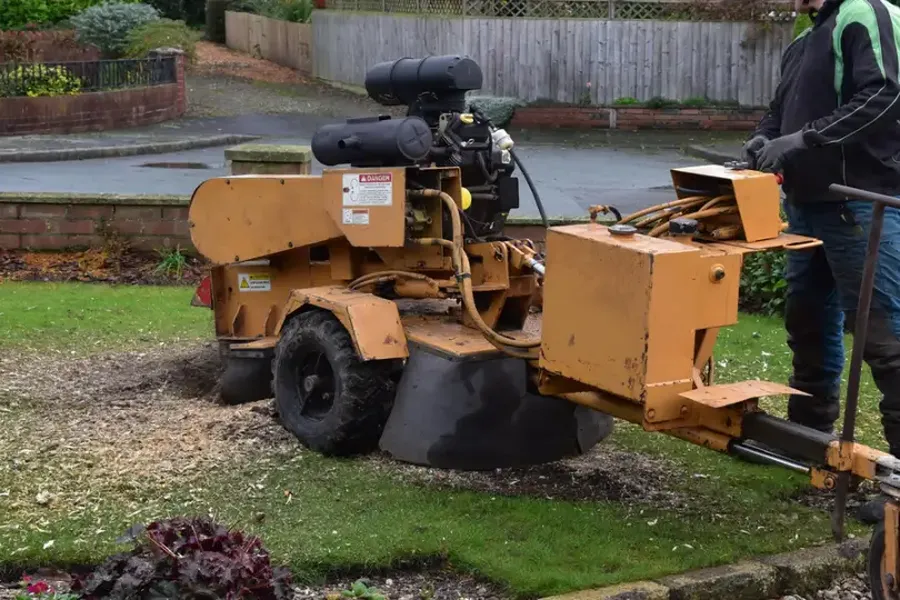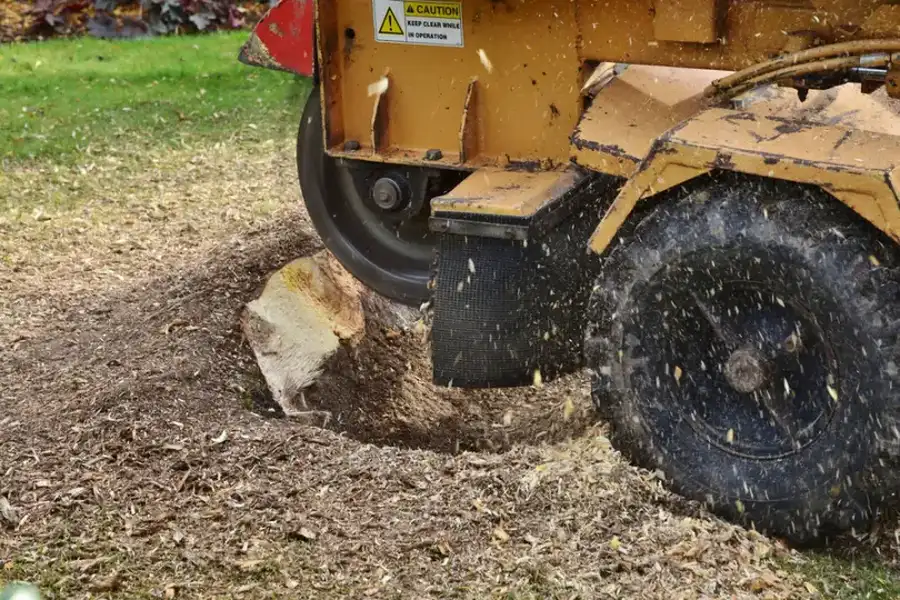Understanding the Effects of Tree Removal on the Environment
Removing trees and their stumps is common in landscaping and property development. However, this process can have significant environmental impacts. Whether for safety, aesthetics, or land clearing, understanding these effects is crucial. This article explores the key areas impacted by stump removal methods, including habitat disruption, soil health, and carbon emissions. We aim to provide insights into both the benefits and challenges associated with such practices.
How Stump Grinding Helps Maintain Landscape Health
When a tree is cut down, the remaining stump can be unsightly and may lead to pest infestations. Stump grinding offers an effective way to remove these remnants while supporting landscape health. By grinding the stump down to below ground level, you eliminate a breeding ground for pests like termites and beetles. This method also helps prevent disease from spreading to nearby plants. Additionally, it allows new growth or replanting without obstruction.
Environmental Concerns Associated With Tree Stump Removal
While stump grinding has its advantages, it also raises environmental concerns. The process can disturb soil structure and affect local biodiversity by removing habitats for insects and small animals. Furthermore, using machinery releases carbon dioxide, contributing to greenhouse gas emissions. Despite these issues, responsible practices can mitigate negative effects, ensuring sustainable landscaping efforts.
Benefits of Removing Tree Remnants
There are several benefits to removing stumps beyond aesthetics. Firstly, clearing stumps enhances safety by eliminating tripping hazards. Secondly, it improves access for maintenance equipment and reduces obstacles for lawn care activities. Thirdly, removal prevents the spread of fungi that could harm other plants. Lastly, cleared spaces allow for new plantings, enhancing landscape design possibilities.
- Enhances safety by removing hazards
- Improves access for maintenance
- Prevents fungal spread
- Allows for new plantings
Challenges in Sustainable Stump Removal Practices
Sustainable stump removal aims to balance environmental impact with practical needs. One challenge is managing the carbon footprint of machinery used during the process. Another issue is ensuring minimal soil disturbance to protect microorganisms essential for healthy ecosystems. Operators must also handle leftover wood chips appropriately to prevent waste and promote recycling.
Implementing Eco-Friendly Solutions in Landscaping
Several eco-friendly alternatives can complement traditional stump removal methods. Hand tools reduce reliance on heavy machinery, cutting emissions significantly. Where possible, leaving some stumps to decay naturally provides nutrients back to the soil while offering habitats for wildlife. Using non-toxic chemicals for decay acceleration is another option to consider for environmentally-conscious projects.
Cost Considerations in Choosing Removal Methods
The cost of stump removal varies based on factors like size and location. While grinding is often more affordable than complete extraction, natural decay requires time but no direct cost. Balancing budget constraints with environmental priorities is vital when selecting the most suitable approach for your project. Remember that investing in sustainable practices can offer long-term savings through reduced maintenance needs.
Your Partner in Sustainable Landscaping Solutions
For those looking to improve their landscape responsibly, consider partnering with experts who prioritize eco-friendly solutions. At Victoria Tree Service, we specialize in balancing environmental stewardship with client goals. Our team operates across Charlotte, NC, bringing innovative techniques tailored to unique landscapes. Contact us today at (980) 357-7082 to learn how we can help transform your outdoor space with sustainability in mind.

